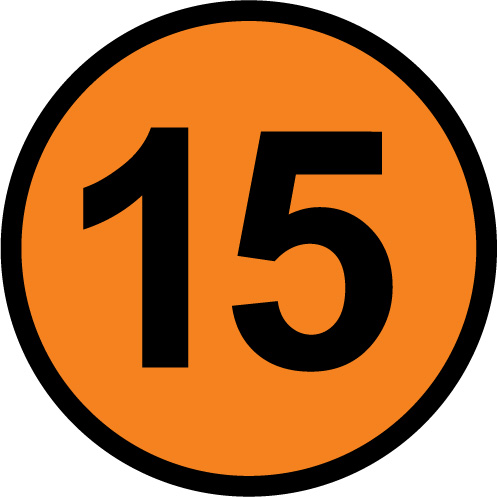Trypanosoma Cruzi intradomiciliary transmission by Rhodnius ecuadoriensis
DOI:
https://doi.org/10.53591/rug.v107i1.936Keywords:
Aprostocetus, Parasitoid, Perkinsiella, PredatorAbstract
The present research technique was developed makes in the Sugar Cane research Center of Ecuador (CINCAE), and in the San Carlos, Valdez and Ecudos Sugar Mills, between January and December of 2007. Its main goals were: 1) To determine the biology of Aprostocetus sp; 2) To determine the para- sitic predatory capacity of Aprostocetus sp. over eggs of Perkinsiella saccharicida; 3) To evaluate the parasitic and predatory capacity of Aprostocetus sp. in field conditions; and 4) To determine the effect of the Malathion insecticide application on the parasitic and predatory activity of Apros- tocetus sp. Aprostocetus has a complete or holometabolous metamorphosis, reproduction is sexual and parthenogenic. The time from the parasitization until adult emergence was 21 ± 3.0 days. The average adult longevity was 6 ± 6 days, ranging from 1 to 22 days. The highest percentage of para- sitism and priority of Aprostocetus was registered on leaves TVD+ 4and TVD+5. Levels of parasitism and priority in the three mills were very variable levels reaching 28.1% in the mill Valdez December. Moreover, the record was more than rotten eggs parasitized eggs. The correlation analysis showed a greater association between the parasitic activity of Aprostocetus sp and abiotic factors tempera- ture and precipitation. The application of Malathion insecticide significantly affected the parasitic activity of Aprostocetus until 45 days after application.
References
BULL, R. 1981. Population studies on the sugar cane leafhopper (Perkinsiella saccharicida Kirkaldy). Proceeding of Australian Society of Sugar Cane Technologist. Queensland, Australia. Pp 293-303
FLORES, R. 2003. Biología y dinámica poblacional de Perkinsiella saccharicida (Homóptera: Delphacidae), en caña de azúcar. Tesis de Ingeniero Agrónomo. Universidad Agraria del Ecuador. Milagro. 90 p
MENDOZA, J. 2004. Guía para el reconocimiento y manejo de insectos plagas y roedores de la caña de azúcar en el Ecuador. El Triunfo, Ecuador. CINCAE, 34p. (Publicación Técnica, N° 2)
MENDOZA, J.; FLORES, R.; GUALLE, D. 2004. El saltahojas de la caña de azúcar. Perkinsiella saccharicida. El Triunfo- Ecuador. CINCAE, 7 p (Publicación Técnica, N° 3)
VARGAS, E. 2003. Relación hospedero-parasitoide y dinámica poblacional de los parasitoides de las masas de huevos de Diaprepes abbreviatus (Coleóptero: Curculionidae). Tesis de Maestría, Universidad de Puerto Rico, Mayagüez. 30 p.
Published
How to Cite
Issue
Section
License

This work is licensed under a Creative Commons Attribution-NonCommercial-NoDerivatives 4.0 International License.

This work is licensed under a Creative Commons Attribution-NonCommercial-NoDerivatives 4.0. International License.
You are free to:
- Share — copy and redistribute the material in any medium or format
- The licensor cannot revoke these freedoms as long as you follow the license terms.
Under the following terms:
- Attribution — You must give appropriate credit , provide a link to the license, and indicate if changes were made . You may do so in any reasonable manner, but not in any way that suggests the licensor endorses you or your use.
- NonCommercial — You may not use the material for commercial purposes .
- NoDerivatives — If you remix, transform, or build upon the material, you may not distribute the modified material.
- No additional restrictions — You may not apply legal terms or technological measures that legally restrict others from doing anything the license permits.































